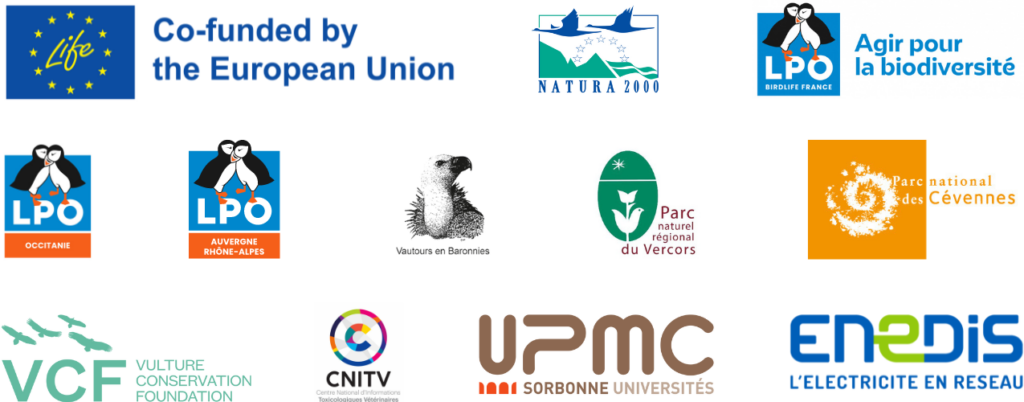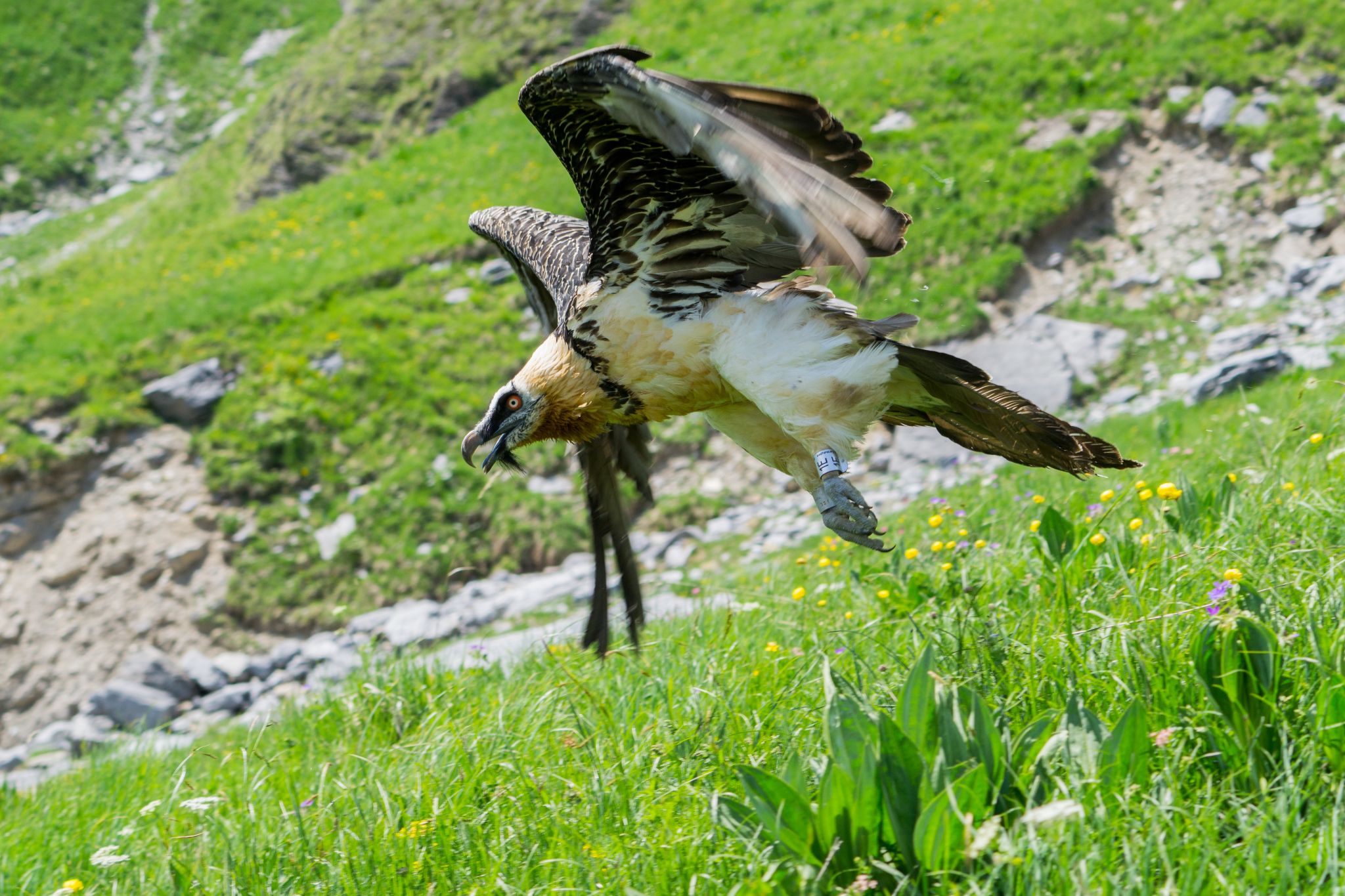The Parc naturel régional du Vercors, one of the Bearded Vulture (Gypaetus barbatus) reintroduction sites, has seen another season filled with both promise and heartbreak. The wild population continues to grow, yet each success is fragile—highlighting why ongoing conservation efforts remain vital for the survival of the species.
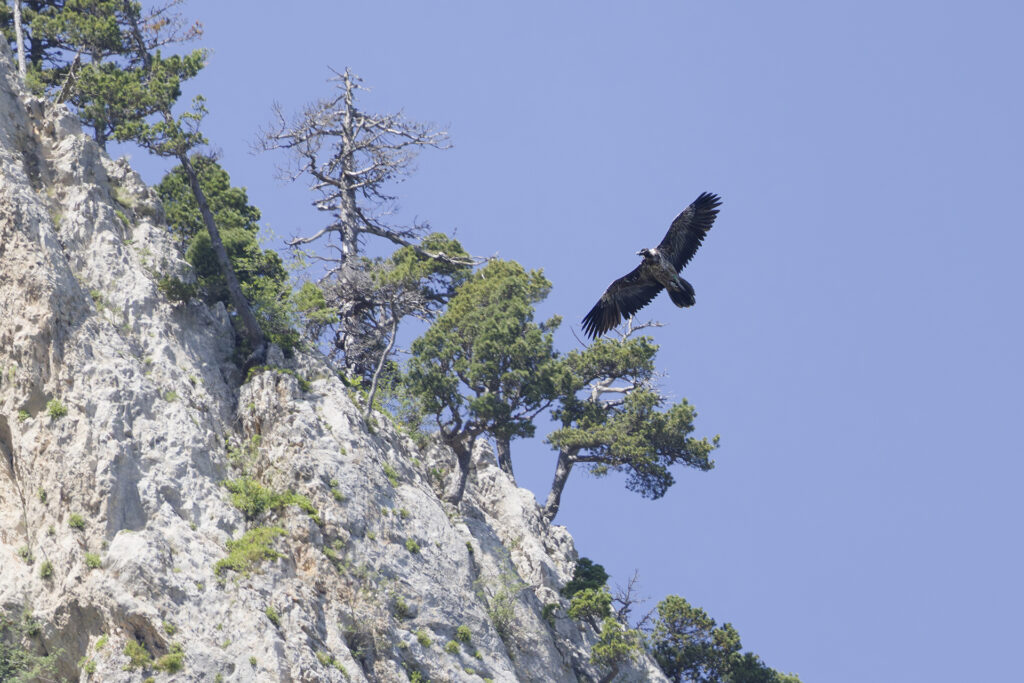
Wild breeding success: Two pairs, two chicks
In 2025, both known Bearded Vulture breeding pairs within the Vercors territory successfully reproduced—an encouraging sign of the species’ return to the region. Of the two fledglings, Diwa is still under observation and has yet to fledge. Meanwhile, Dôm, the other young vulture, hatched in the wild to a reintroduced female named Pamela (released in 2019 in the Baronnies), took his first flight on June 27 from the cliffs of Archiane.
Dôm’s flight marked a hopeful milestone for the long-term sustainability of the population in the Vercors Massif. However, nature remains unpredictable and often unforgiving.
Tragic loss: Dôm’s story
Just three weeks after his first flight, Dôm was found dead on July 19. Initial findings from the autopsy indicate no signs of lead poisoning or shooting—common causes of mortality in vultures—but multiple fractures consistent with a fatal fall. While the final toxicological results are pending, it is believed that violent and unstable weather conditions may have led to his tragic death.
The veterinary team at CNITV swiftly conducted X-rays and an autopsy the same day Dôm was found. Their work is helping us better understand the challenges these young birds face during their critical early weeks.
Spiral and Troubadour take flight
Despite the sorrow of losing Dôm, the reintroduction efforts on Vercors continue also with positive news. In June 2025, two young Bearded Vultures—Spiral y Troubadour—were released in the Vercors. Both of them have now taken flight and are showing encouraging signs of independence, regularly finding food and improving their flying skills.
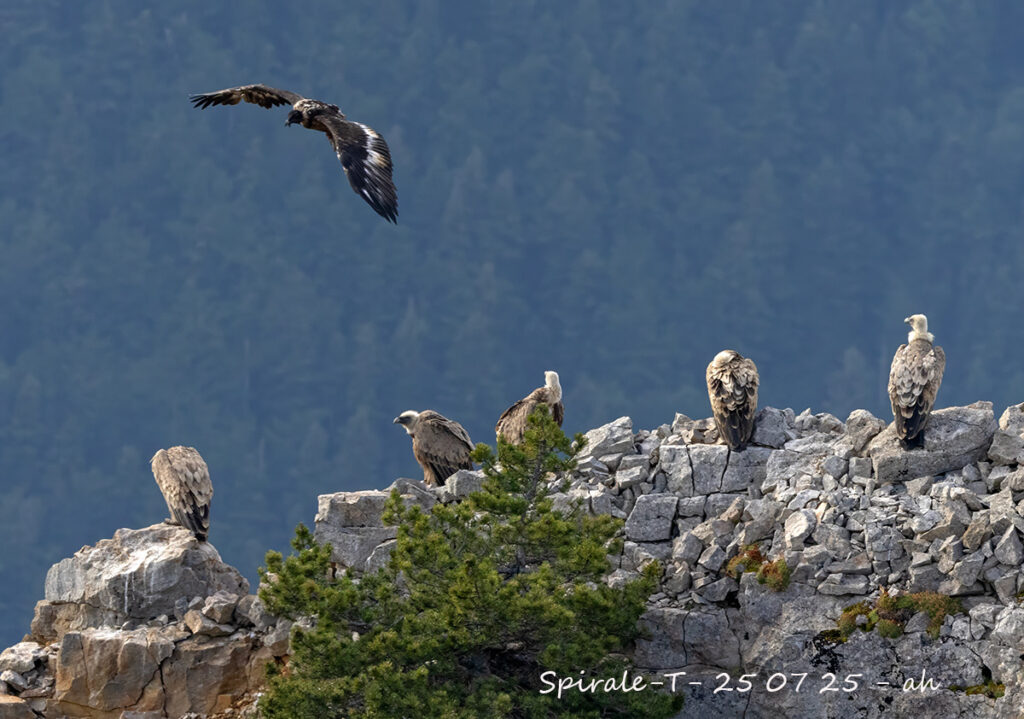
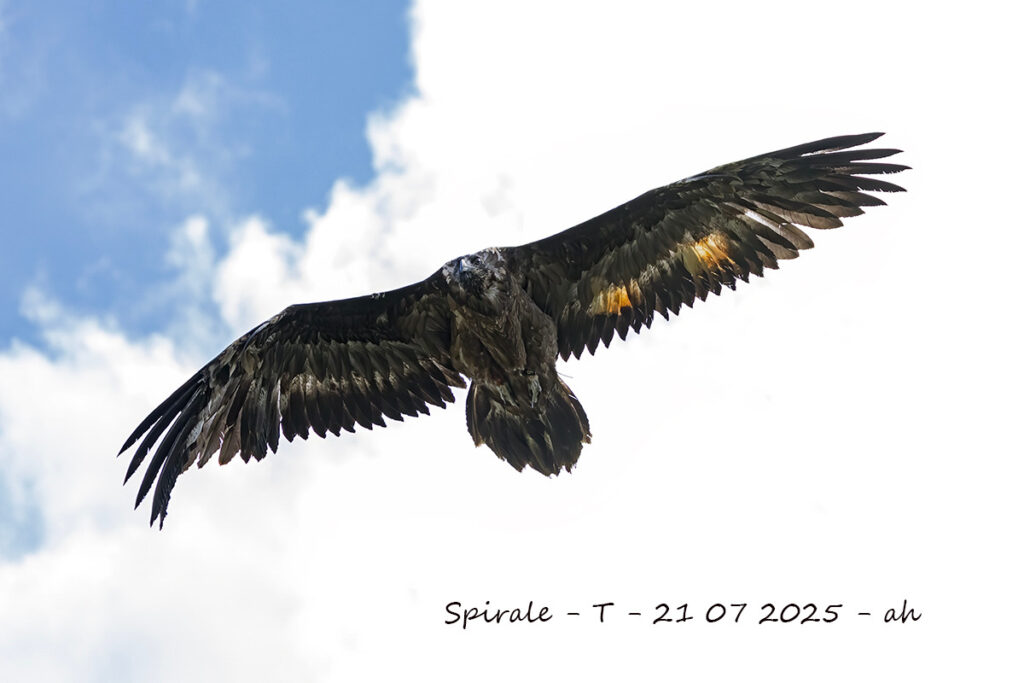
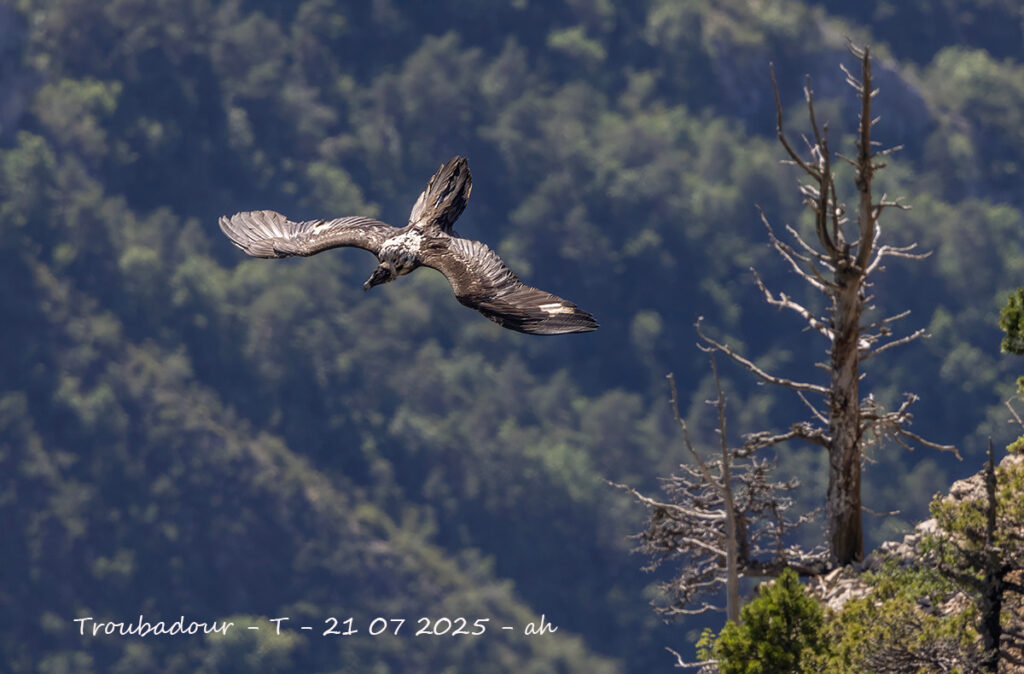

Photos by Alain Herrault
A collective effort
Between 2010 and 2024, 21 Bearded Vultures have been released in the Vercors. Each bird, whether hatched in the wild or released as part of LIFE GypAct or LIFE GypConnect projects, represents a beacon of hope—and a reminder of the ongoing challenges. Mortality in the wild remains high and is only offset thanks to continuous monitoring, careful release strategies, and community engagement.
Dôm’s short life reminds us of the fragility of reintroduction efforts, but also the strength of the commitment that drives them. Every season adds to our understanding, helping to refine conservation actions and improve the prospects for the species in the Vercors.
LIFE Gyp’Act is a 13M€ project, co-funded by the EU’s LIFE programme, that will run until 30 November 2028. Project partners are LPO – Ligue pour la Protection des Oiseaux as coordinator beneficiary, and the Vulture Conservation Foundation, Association Vautours en Baronnies, LPO Auvergne-Rhone-Alpes, LPO Occitanie, Sorbonne Université, ENEDIS, Centre National d’Informations Toxicologiques Vétérinaires, Parc National des Cévennes y Parc Naturel Régional du Vercors as associated beneficiaries.
